The production of TV sets in a factory increases uniformly by a fixed number every year. It produced 16000 sets in 6th year and 22600 in 9th year. Find the production during (i) first year (ii) 8th year (iii) first 6 years.
To solve the problem step by step, we need to identify the production of TV sets in a factory that increases uniformly every year. We know the production in the 6th and 9th years, and we can use the formula for the nth term of an arithmetic progression (AP) to find the required values.
1. Identify the Information Given:
- Production in the 6th year (P6) = 16,000 sets
- Production in the 9th year (P9) = 22,600 sets
2. Use the nth term formula of AP:
The nth term of an AP can be expressed as:
Pn=A+(n−1)⋅d
where:
- Pn is the production in the nth year,
- A is the first term (production in the first year),
- d is the common difference (increase in production each year).
3. Set Up the Equations:
For the 6th year:
P6=A+(6−1)⋅d=A+5d=16,000(Equation 1)
For the 9th year:
P9=A+(9−1)⋅d=A+8d=22,600(Equation 2)
4. Subtract Equation 1 from Equation 2:
(A+8d)−(A+5d)=22,600−16,000
This simplifies to:
3d=6,600
Therefore, solving for d:
d=6,6003=2,200
5. Substitute d back into Equation 1 to find A:
A+5⋅2,200=16,000
A+11,000=16,000
A=16,000−11,000=5,000
6. Find the production during the first year:
The production in the first year is simply A:
Production in 1st year=A=5,000
7. Find the production during the 8th year:
Using the formula for the 8th year:
P8=A+7d=5,000+7⋅2,200
P8=5,000+15,400=20,400
8. Calculate the total production during the first 6 years:
The total production for the first 6 years can be calculated using the formula for the sum of the first n terms of an AP:
Sn=n2⋅(2A+(n−1)d)
For the first 6 years:
S6=62⋅(2⋅5,000+(6−1)⋅2,200)
S6=3⋅(10,000+11,000)=3⋅21,000=63,000
Final Answers:
1. Production during the 1st year: 5,000 sets
2. Production during the 8th year: 20,400 sets
3. Total production during the first 6 years: 63,000 sets
- Production in the 6th year (P6) = 16,000 sets
- Production in the 9th year (P9) = 22,600 sets
The nth term of an AP can be expressed as:
Pn=A+(n−1)⋅d
where:
- Pn is the production in the nth year,
- A is the first term (production in the first year),
- d is the common difference (increase in production each year).
For the 6th year:
P6=A+(6−1)⋅d=A+5d=16,000(Equation 1)
For the 9th year:
P9=A+(9−1)⋅d=A+8d=22,600(Equation 2)
(A+8d)−(A+5d)=22,600−16,000
This simplifies to:
3d=6,600
Therefore, solving for d:
d=6,6003=2,200
A+5⋅2,200=16,000
A+11,000=16,000
A=16,000−11,000=5,000
The production in the first year is simply A:
Production in 1st year=A=5,000
Using the formula for the 8th year:
P8=A+7d=5,000+7⋅2,200
P8=5,000+15,400=20,400
The total production for the first 6 years can be calculated using the formula for the sum of the first n terms of an AP:
Sn=n2⋅(2A+(n−1)d)
For the first 6 years:
S6=62⋅(2⋅5,000+(6−1)⋅2,200)
S6=3⋅(10,000+11,000)=3⋅21,000=63,000
1. Production during the 1st year: 5,000 sets
2. Production during the 8th year: 20,400 sets
3. Total production during the first 6 years: 63,000 sets
Topper's Solved these Questions
- BOOK - RS AGGARWALCHAPTER - ARITHMETIC PROGRESSIONEXERCISE - Exercise 5A48videos
ARITHMETIC PROGRESSION
- BOOK - RS AGGARWALCHAPTER - ARITHMETIC PROGRESSIONEXERCISE - Exercise 5B13videos
ARITHMETIC PROGRESSION
- BOOK - RS AGGARWALCHAPTER - AREA OF CIRCLE, SECTOR AND SEGMENT EXERCISE - Test Yourself19videos
AREA OF CIRCLE, SECTOR AND SEGMENT
- BOOK - RS AGGARWALCHAPTER - CIRCLESEXERCISE - Test Yourself20videos
CIRCLES
Similar Questions
The production of TV in a factory increases uniformly by a fixed number every year .It produced 8000 TV's in 6th year & 11300 in 9th year , find the production in 8th year .
View SolutionIndia is competitive manufacturing location due to the low cost of manpower and strong technical and engineering capabilities contributing to higher quality production runs. The production of TV sets in a factory increases uniformly by a fixed number every year. It produced 16000 sets in 6th year and 22600 in 9th year.
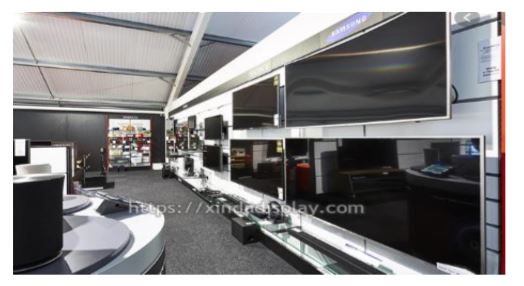
Based on the above information, answer the following questions:
Find the difference of the production during 7th year and 4th year.View Solution
Knowledge Check
- Question 1 - Select One
Satellite TV manufacturing businesses tend to have what economists call "economies of scale." When economies of scale exist, bigness can be its own reward.
The more TV's you manufacture in a single run, lower the costs per unit, which in turn increases your bottom-line margins.
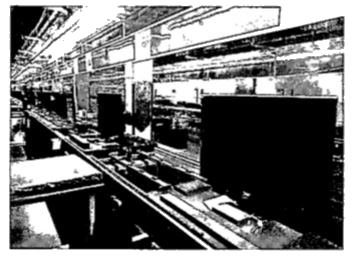
Keeping that in mind, a T.V. manufacturing company increases its production uniformly by fixed number every year. The company produces 8000 sets in the 6th year and 11,300 sets in the 9th year.
The company's total production of the first 6 years is:A28950B30150C30250D31500
India is competitive manufacturing location due to the low cost of manpower and strong technical and engineering capabilities contributing to higher quality production runs. The production of TV sets in a factory increases uniformly by a fixed number every year. It produced 16000 sets in 6th year and 22600 in 9th year.
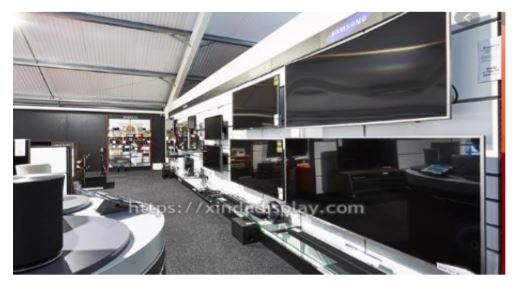
Based on the above information, answer the following questions:
Find the production during 8th year.View SolutionIndia is competitive manufacturing location due to the low cost of manpower and strong technical and engineering capabilities contributing to higher quality production runs. The production of TV sets in a factory increases uniformly by a fixed number every year. It produced 16000 sets in 6th year and 22600 in 9th year.
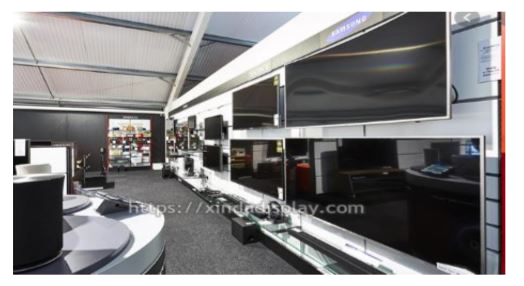
Based on the above information, answer the following questions:
Find the production during first 3 years.View SolutionIndia is competitive manufacturing location due to the low cost of manpower and strong technical and engineering capabilities contributing to higher quality production runs. The production of TV sets in a factory increases uniformly by a fixed number every year. It produced 16000 sets in 6th year and 22600 in 9th year.
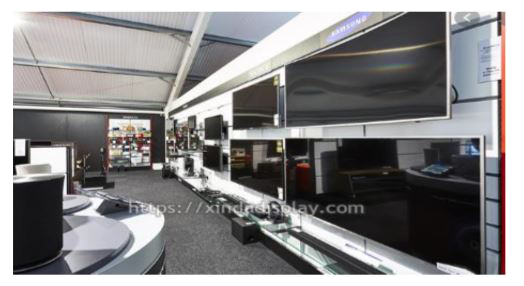
Based on the above information, answer the following questions:
Find the production during first year.View SolutionIndia is competitive manufacturing location due to the low cost of manpower and strong technical and engineering capabilities contributing to higher quality production runs. The production of TV sets in a factory increases uniformly by a fixed number every year. It produced 16000 sets in 6th year and 22600 in 9th year.

Based on the above information, answer the following questions:
In which year, the production is Rs 29,200.View SolutionA manufacturre of TV sets produced 6000 units in the third year and 7000 units in the seventh year. Assuming that the production increases uniformaly by fixed number every year, find the production increases uniformly, by a fixed number every year, find the production (i) in the first year, (ii) in the 10th year, (iii) in 7 years.
View SolutionA manufacture of TV set produced 600 sets in the third year and 700 sets in the seventh year. Assuming that the production increases uniformly by a fixed number every year, find:
(i) the production in the first year
(ii) the production in the 10th year.
(iii) the total production in first 7 years.View SolutionA manufacturer of TV sets produced 600 sets in the third year and 700 sets in the seventh year. Assuming that the production increases uniformly by a fixed number every year, find :(i) the production in the 1st year(ii) the production in the 10th year(iii) the total production in first 7 years
View Solution

